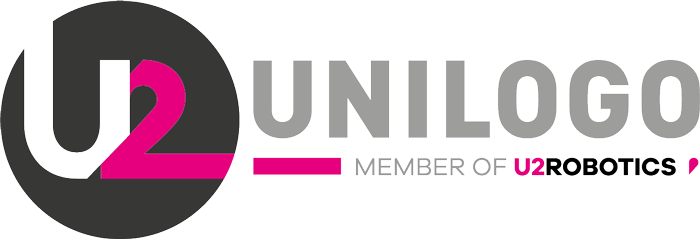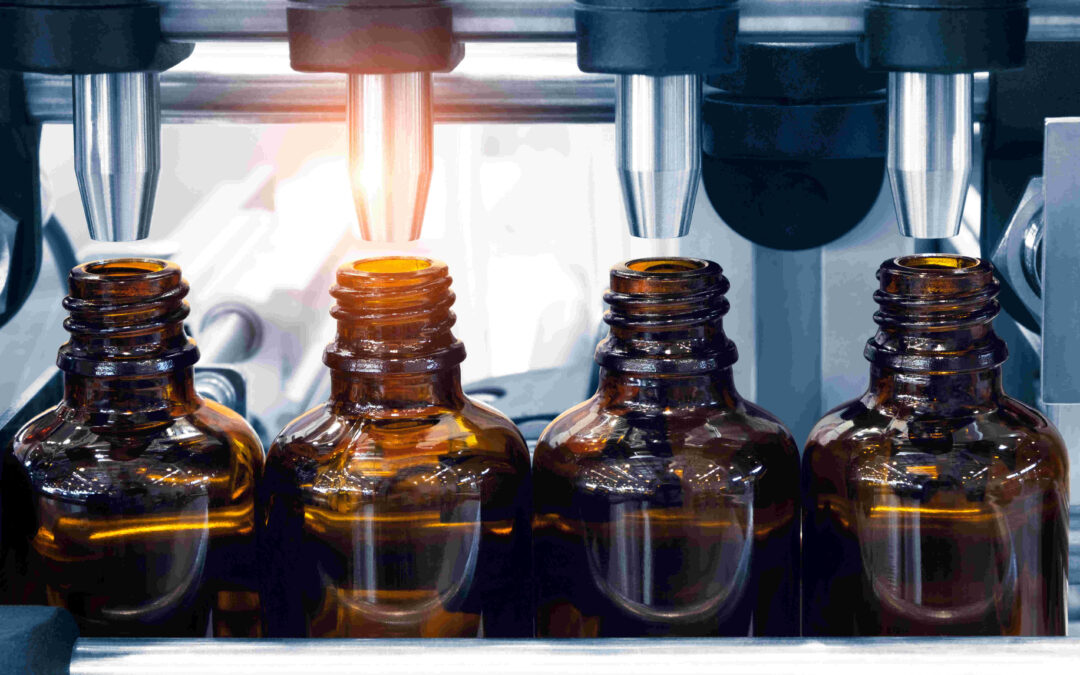Perfume production involves the creation of fragrances that are then packaged and sold as perfumes. The perfume manufacturing process is a complex process involving many steps and technologies.
Table of contents:
Perfume manufacturing – what does it involve?
The perfume industry is a $60 billion global market that continues to grow steadily. Perfumes are created using many different ingredients and processes, from natural essences to synthetic chemicals.
Perfume manufacturing is a highly complex process with many steps. The production of a single perfume can take months or even years. At each stage, quality control and accuracy are paramount, as this is the only way to achieve a high-quality end product that can reach the consumer and make a profit for the manufacturer.
How is perfume made? The whole complex production process can be divided into two main stages. The first involves conceptual work and research. This is when the perfumer decides to create a new fragrance and begins to develop its formula. Long-term research and trials determine which ingredients will be used to create a particular fragrance and in what proportions.
The concept of the perfume itself is often born out of research, which tells the manufacturer which fragrance notes appeal to customers in current products on the market. As a result, the manufacturer creates a new fragrance in response to consumer demand, which guarantees a good market response to the launch of a new product.
The second stage is to provide the raw materials and components for the production of the new perfume, purchase the appropriate machinery, design the production process and logistics and ensure that the fragrance has a market. As for materials, various oils, alcohols, and esters are most commonly used in perfume production.
Perfume manufacturing technology
Once the conceptual work and production preparations are completed, the production of the new perfume can begin. The production process itself can be divided into several main stages. They include sourcing the fragrances for the perfume, mixing the ingredients and packaging, i.e. placing the finished perfume in individual and bulk packaging.
The actual perfume-making process begins with sourcing the fragrance ingredients needed to create a new fragrance. Ingredients are generally divided into those of natural and synthetic origin. Natural fragrances are materials of plant or animal origin. On the other hand, synthetic ingredients are created under laboratory conditions and are an alternative to natural ones, lowering the cost of perfume production.
In the case of natural ingredients, the fragrance must first be extracted from them. This involves various techniques. Fragrance extraction involves the removal of essential oils from natural sources such as herbs or flowers. The most common method is steam distillation, passing steam through the plant material to release the essential oils. The steam condenses into aqueous and oil phases, which can be separated by distillation.
The fragrances needed to make a perfume can also be extracted using several other techniques. These include squeezing and extruding oils from natural ingredients, solvent extraction, the enfleurage method using fat or maceration, which involves soaking the material in water at room temperature.
You already know how the ingredients used to make perfumes are sourced. The next stage in the production of these products is the blending of the different fragrances, i.e. the mixing of the ingredients. At the fragrance design stage, blending is a very complex process involving many trials to achieve the desired fragrance and select the right proportions.
The final stage of production is dispensing the finished perfume into individual packages and their sealing. This is usually done by special machines, such as the Perfumline 50 from Unilogo. Machines of this type are adapted to work with the closures most commonly used in the perfumery, i.e. atomisers, micro-sprays, etc. They are also characterised by high precision so that the same amount of product goes into the packaging every time.
Packaging and perfume production
We have already explained the technology behind perfume production. No less important than the fragrance is the packaging in which it is delivered to the consumer. This is why manufacturers pay particular attention to the design of the bottle and the packaging in which the perfume is packaged. The production of the bottle and carton is an important aspect of the entire fragrance manufacturing process and therefore needs to be considered in advance.
Packaging should be not only aesthetically pleasing but functional and practical as well Both the oils from which they are made, and the finished fragrances retain their properties longer in dark packaging. Therefore, most manufacturers choose to package their products in coloured glass bottles.
In terms of aesthetics, it is very common for packaging to include elements that relate in some way to the fragrances used in the production of the perfume or other types of decoration to create a consistent experience for the end consumer. Some perfumes also have eye-catching special closures or additional hang tags.
The design of the product label is also important. It should not only be informative but also catch the consumer’s attention. However, it is vital to remember that aesthetics should not dominate the label design in a way that the decorative elements make it difficult to read the key product information.
Perfume production. Summary
We hope that by the end of this article, you will know a little more about how perfume is made. As a reminder, the whole process starts with developing a fragrance concept. Specialists then develop the appropriate perfume formula by mixing different fragrance ingredients. These can be both natural and synthetic, which reduces the cost of perfume production.
Once a suitable fragrance formulation has been developed, the manufacturer can plan the production process. This stage includes securing the supply of raw materials, packaging, purchasing the appropriate machinery and all the logistics involved in storing and distributing the finished products.
If you are looking for perfume production machinery, or perhaps you need to upgrade your old equipment, we encourage you to take advantage of Unilogo’s services. Using the contact form, you can quickly and easily get in touch with our team of experts, who will help you choose the best solution for your business.


